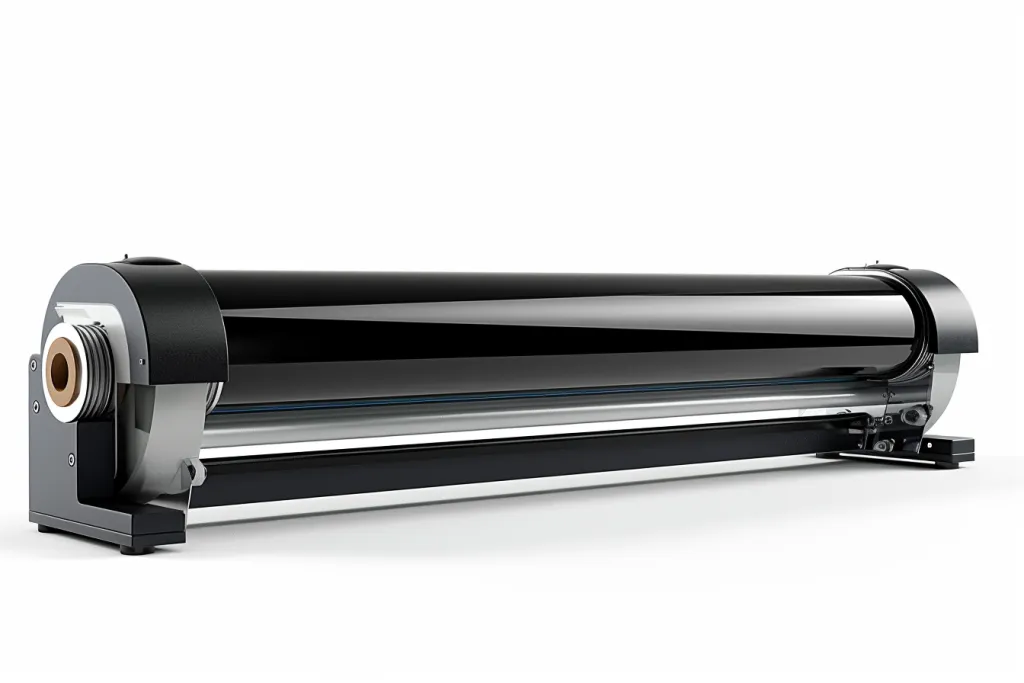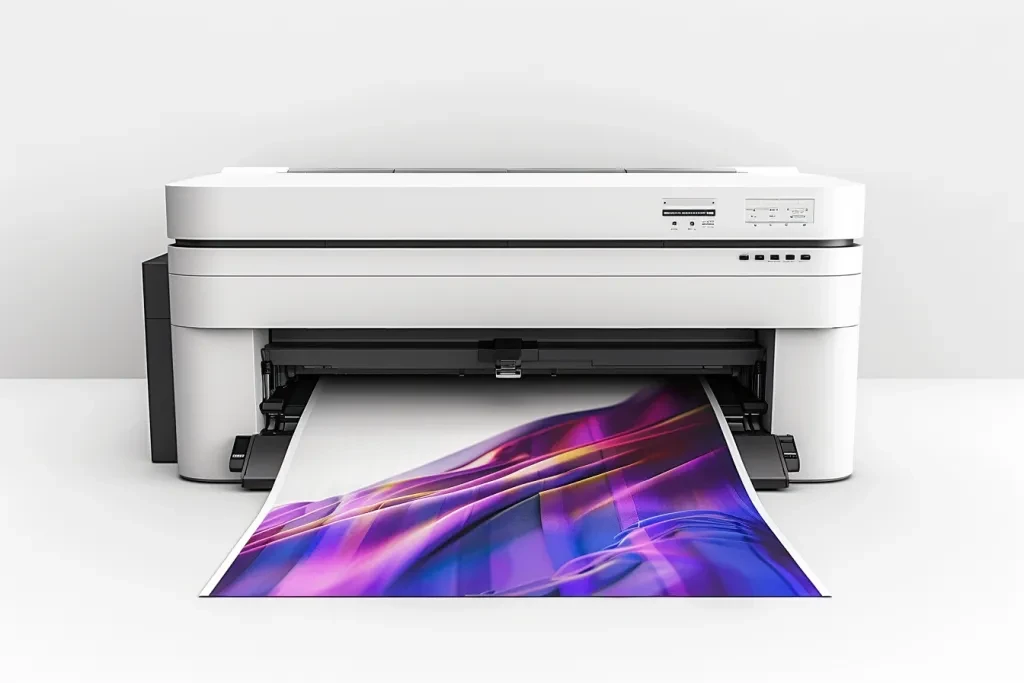Laminators are indispensable tools in offices, schools, and creative environments, offering a simple solution to protect and enhance the appearance of documents. This article explores the intricacies of laminators, guiding you through their operation, usage, and the factors influencing their cost, alongside a look at top models on the market.
Table of Contents:
– What is a laminator?
– How do laminators work?
– How to use a laminator
– How much does a laminator cost?
– Top laminators on the market
What is a laminator?

A laminator is a device used to apply a protective plastic film to paper or cardstock to enhance its durability, appearance, and lifespan. This process, known as lamination, encases documents in a clear, protective layer, safeguarding them against water, dirt, and frequent handling. Laminators come in various sizes and designs, catering to a wide range of needs, from personal and home use to high-volume commercial applications. The technology behind laminators has evolved significantly, offering features like adjustable heat settings, speed control, and the ability to handle different thicknesses of laminating pouches.
How do laminators work?

Laminators operate by using heat or pressure (or both) to bond a thin, transparent plastic film to paper or cardstock. The most common type, thermal laminators, use heated rollers to melt adhesive on laminating sheets, which then encapsulates the document as it passes through the machine. Cold laminators, on the other hand, use pressure instead of heat and are ideal for materials sensitive to high temperatures. Advanced models may offer both thermal and cold lamination options, providing flexibility for various lamination needs. The process typically involves placing the document in a laminating pouch, which is then fed into the machine where it gets sealed and emerges laminated on the other side.
How to use a laminator

Using a laminator effectively requires understanding the specific model’s features and capabilities. Initially, ensure the laminator is correctly set up according to the manufacturer’s instructions, which includes selecting the right temperature and speed settings for the thickness and type of laminating pouch you are using. Prepare your document by placing it evenly within the pouch, leaving an adequate border around the edges for sealing. Once the laminator is ready, feed the pouch into the machine, sealed end first, and wait for it to exit fully laminated. It’s important to allow the laminated document to cool down before use or trimming any excess plastic for a neat finish.
How much does a laminator cost?

The cost of laminators varies widely based on their size, features, and intended use. Personal laminators suitable for home or small office use can be found for as little as $20 to $50, offering basic functionality for occasional laminating needs. Mid-range models, designed for more frequent use and capable of handling a wider variety of document sizes and pouch thicknesses, typically cost between $100 and $250. Professional-grade laminators, which provide high-speed, high-volume lamination with advanced features like adjustable settings and automatic feeding, can range from $500 to several thousand dollars. The choice of laminator should be guided by your specific requirements, considering factors such as the volume of documents to be laminated, the desired speed and quality of lamination, and any special features that may be beneficial.
Top laminators on the market

When it comes to selecting a laminator, there are several top contenders known for their reliability, quality, and value. The Scotch TL901X Thermal Laminator is a popular choice for personal and small office use, known for its ease of use and consistent results. For those requiring a more robust solution, the Fellowes Laminator Jupiter 2 125 offers advanced features like auto-sense technology and rapid warm-up time, making it suitable for busier environments. On the higher end of the spectrum, the GBC Fusion 7000L Laminator provides professional-grade speed and thickness capabilities, catering to high-volume lamination needs with precision and efficiency. Each of these models offers a different balance of price, performance, and features, making it important to assess your specific needs before making a purchase.
Conclusion: Laminators are versatile tools that serve an essential role in document preservation and presentation, catering to a wide range of personal and professional needs. Understanding how laminators work, how to use them properly, and what factors influence their cost can help you select the right model for your requirements. With the right laminator, you can ensure your documents are protected, enhancing their durability and appearance for years to come.



